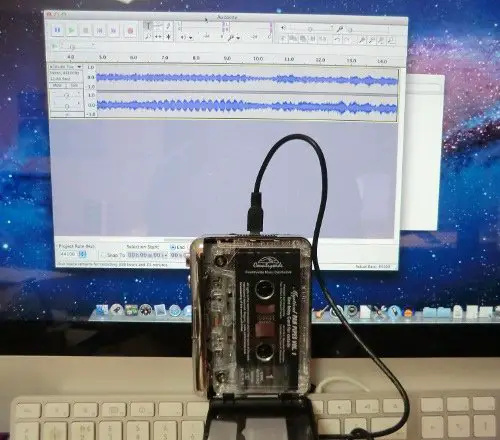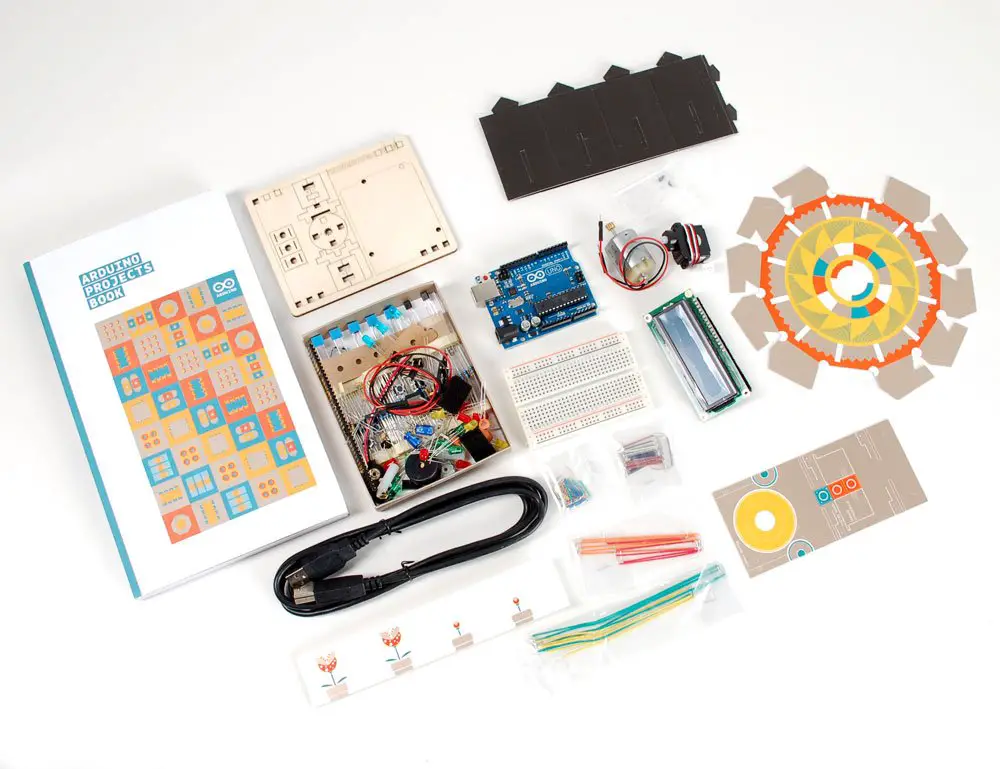; Date: Wed Sep 13 2017
Tags: Apple »»»»
A couple days ago, Apple unleashed the iPhone 8, iPhone 8 plus, and iPhone X. These are the new wave of iPhone's with which Apple is expecting to see a huge burst of sales, helping to goose Apple's profits ever higher, pushing Apple's stock price ever higher. The business goal, therefore, is for a large number of us iPhone owners to upgrade to the latest-and-greatest so that we fill Apple's coffers with money propelling Apple's stock price ever higher. Earlier I wrote about a smart way to get the latest and greatest for a fraction of the cost -- simply to delay purchasing the iPhone 8 or iPhone X until 2+ years from now when the price falls to a reasonable level. The contrarian way to save gobs of money on the new iPhone 8 or iPhone X Apple's plan to force us all into planned obsolescence goes much further than dangling tantalizing new iPhones in front of us. The very design of Apple's product line actively prevents repair, and Apple's service policies mean that Apple's service technicians will not perform board-level repairs but instead push you into more expensive repairs.
The video below goes into the details. It was recorded by an independent computer repair specialist who obviously deals with Apple products daily, given the shelves full of MacBook Pro's in the background and his familiarity with typical MacBook Pro hardware problems.
I've done a certain amount of MacBook Pro repairs and upgrades myself - such as swapping display units, swapping logic boards, replacing spinning hard drives with SSD's and more. But what this fellow says is eye opening and goes far deeper than I thought.
Starting with the Retina MacBook Pro's, which went on sale in 2013, Apple's laptops became harder and harder to repair. The memory chips are now soldered onto the logic board whereas previously they'd been easy to upgrade simply by swapping memory boards. The hard drive is glued into place, making it difficult to replace, and more.
By contrast, up until the 2012 models you could completely disassemble a MacBook Pro any way you want, replace any part, and perform several easy upgrades. I am typing this on a 2012 MacBook Pro that I've upgraded with a 480GB SSD drive (screaming fast), with 16 GB of main memory (to handle large workloads), I made sure the laptop had a Core i7 CPU for greater performance, and I replaced the DVD drive with a carrier to install the spinning hard drive, meaning the laptop has 1.2 terabytes of storage.
My intention is to keep this computer running for as long as possible, and I gave it every advantage I possibly could. When purchased it was a 5-year-old computer, and I'm hoping to keep it running for another 5 years. Maybe Apple will wake up and realize they should stop screwing its customers and offer repairable machines again.
An example of being screwed is the prices Apple charges for memory. The 16 GB memory sticks for this computer cost about $100. On Apple's website today, if you order a MacBook Pro with 16 GB memory the cost is $200. Apple is over-charging you by $100, for what?
But let's get back to the video below.
The fellow describes a problem in which:
- Apple has a low level hardware diagnostic that will pinpoint which chip on the logic board has gone bad.
- Apple does not make this diagnostic available to non-Apple technicians.
- Apple's technicians work under a policy of not doing chip-level repairs on Apple logic boards.
- Apple's technicians instead steer customers to an expensive logic board replacement.
The cost for such a logic board replacement is easily $750. Having done a logic board replacement I can say that the project is tedious and so that cost will include a few hours of technician time, plus the cost of the board. But if the computer isn't worth $750 then why would you spend $750 on repairs? What most folks would do in that situation is to dump the computer and buy a brand new laptop.
That result feeds Apple's need for sales, and at the same time forces a computer into the landfill. Unless, that is, the computer lands in the hands of someone who can do the repair. BUT, only if that someone magically has the software to do the low level hardware diagnostics indicating which chip to replace. And, that software isn't available through official channels.
There's an even bigger issue -- The Right To Repair.
In the car industry, the car manufacturers are required by law to supply car repair instructions and parts and materials to independent service shops. It is a majorly plausible financial entrapment if one cannot take their car for repair to a 3rd party shop, or to even repair the car on ones own ability. A car maker that instead forces its customers to only get repairs from the manufacturer or from authorized car dealers has a monopoly over repairs and can charge any price it wants.
There is one car maker that forces its customers to get repairs from its own service shops -- Tesla Motors. I've several times asked whether this policy will steer Tesla into Evil territory. Currently, Tesla's policies around repairs are very enlightened. But as the company grows they may lose some of their enlightened behaviors.
https://longtailpipe.com/2014/03/14/tesla-motors-monopoly-over-service/
Getting back to Apple and it's issues with the Right to Repair, on my desk is a different example. I have a 3rd generation iPad that I bought several years ago. The battery is basically worn out, and it doesn't hold a charge very long away from a charging cord. So I use this iPad at my desk whereas before I'd taken it with me frequently to conferences and the like.
Replacing the battery pack in an iPad or iPhone should be trivial. It should simply be a matter of sliding off the back, popping out the old battery pack, and popping in a new one. It should cost a few dollars and take a few minutes. I've looked up the procedure to replace the battery in this iPad. It means removing the display bezel, which is glued into place with superstrong glues, and you're likely going to break the bezel. Then you have to remove the logic board, that's also glued into place with superstrong glue, and then remove the battery pack, that's also held in with superstrong glue. Supposedly you can melt these glues with a heat gun, and then somehow reassemble the iPad and everything will be fine.
I highly doubt that's the case, so my iPad languishes on my desk when its form and function demands that it be frequently used away from home.
The magic of ultra-thinness in Apple's iPhone and iPad products is due to the parts being glued together. A product design with a slide-off back forces certain compromises that makes the product thicker.
Since Apple has pushed THIN and LIGHT as a major selling point for years, they forced themselves into a tradeoff of unrepairability. That is - to make THIN/LIGHT iPads and iPhones, Apple had to consciously choose to negate any hope of Right To Repair.











